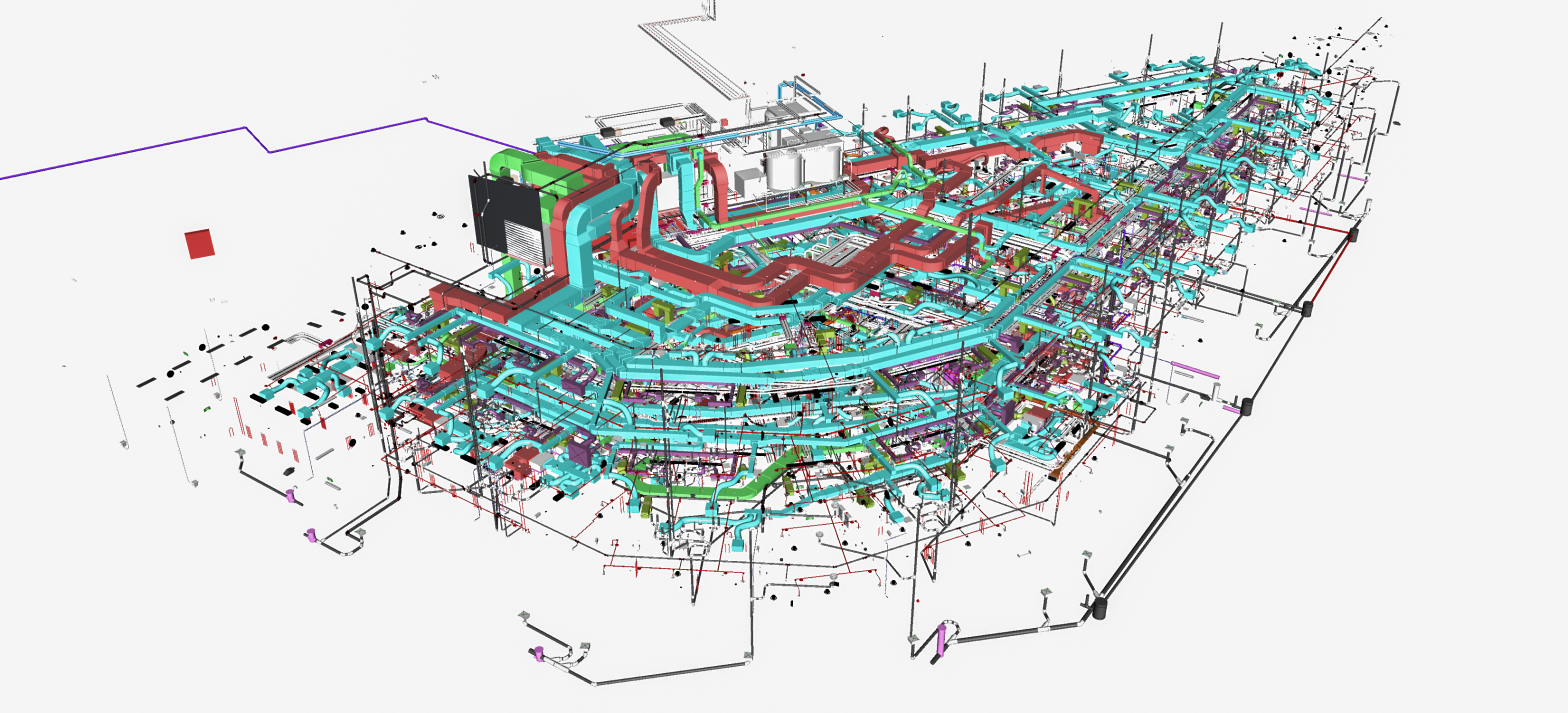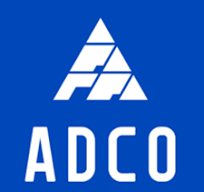
In the dynamic world of construction, the seamless integration of Mechanical, Electrical, and Plumbing (MEP) systems is a fundamental pillar for achieving successful project delivery and operational efficiency. With increasing project complexities and tighter timelines, the importance of effective MEP coordination cannot be overstated.
What is MEP Coordination?
MEP coordination involves the meticulous planning and integration of mechanical, electrical, and plumbing systems to ensure they function harmoniously within a building. This process addresses potential design conflicts, streamlines construction workflows, and ensures compliance with safety and performance standards.
Historically, MEP systems were designed in silos, often resulting in costly conflicts and inefficiencies during construction. Today, however, advanced tools and collaborative processes have transformed MEP coordination into a proactive and integral part of project management.
Why Effective MEP Coordination Matters
- Minimizing Design and Construction Clashes – Clash detection is one of the core benefits of MEP coordination. By leveraging Building Information Modelling (BIM) and other advanced tools, teams can detect and resolve conflicts between systems during the design phase. For example, identifying an HVAC duct clashing with structural beams early on saves time and costs that would otherwise be spent on rework during construction.
- Boosting Construction Efficiency – Well-coordinated MEP systems streamline construction processes by providing clear, conflict-free designs. This not only reduces downtime caused by unforeseen issues but also optimizes labour and material usage. Efficient coordination ensures that all trades work in harmony, adhering to project schedules.
- Enhancing Collaboration Among Stakeholders – Effective MEP coordination fosters a collaborative environment where architects, engineers, contractors, and clients align their efforts. By working within a shared digital platform, all parties can contribute to and access up-to-date designs and schedules, reducing miscommunication and enhancing decision-making.
- Achieving Cost Savings – Resolving design conflicts early and optimizing resource allocation through MEP coordination significantly reduces costs. Accurate material estimations, efficient scheduling, and reduced rework contribute to a more budget-friendly project delivery.
- Ensuring Compliance and System Performance – MEP systems must adhere to strict regulatory standards to ensure safety, energy efficiency, and functionality. Through coordinated planning, teams can ensure compliance while optimizing system performance for long-term reliability.
Technological Enablers of Effective MEP Coordination
Modern technology plays a pivotal role in the success of MEP coordination. Key innovations include:
- Building Information Modeling (BIM) – BIM creates a centralized, 3D model that integrates architectural, structural, and MEP designs. This digital representation facilitates clash detection, design optimization, and real-time collaboration among project stakeholders. BIM also supports lifecycle management by maintaining detailed system data for future maintenance and upgrades.
- Cloud-Based Collaboration Tools – Cloud platforms enable seamless sharing of project data and updates across geographically dispersed teams. By ensuring that all stakeholders work from the latest information, cloud tools prevent errors and enhance overall project efficiency.
- Advanced Visualization Techniques – Augmented Reality (AR) and Virtual Reality (VR) technologies allow teams to visualize and interact with MEP designs in a virtual space. These tools improve understanding of system layouts and facilitate stakeholder buy-in by providing an immersive experience.
- Automated Clash Detection Software – Programs like Navisworks and Revit automate the detection of spatial conflicts within MEP systems. These tools generate detailed reports and suggest corrective actions, reducing manual effort and enhancing precision.
Best Practices for Successful MEP Coordination
- Engage All Stakeholders Early: Early involvement ensures that input from all disciplines is integrated, reducing the likelihood of conflicts.
- Adopt Advanced Tools: Utilize BIM, cloud platforms, and visualization tools to enhance collaboration and improve design accuracy.
- Maintain Clear Communication: Establish robust channels for communication to ensure that all team members are aligned on project goals and updates.
- Conduct Regular Coordination Reviews: Frequent reviews help identify potential issues and keep the project on track.
- Invest in Skilled Professionals: Employ experienced MEP coordinators who can manage complexities and ensure compliance with industry standards.
By proactively addressing design conflicts, optimizing system layouts, and fostering collaboration, MEP coordination drives efficiency and reduces risks. Coupled with advanced technologies and best practices, it ensures that projects are delivered on time, within budget, and to the highest standards of quality. As the construction industry continues to embrace innovation, the role of MEP coordination will only grow in importance, making it a cornerstone of successful project delivery.
Testimonials
Very professional and efficient organization. Delivered a great product to a tight deadline.
ACE Power
Karl and the team are very professional and have a vast knowledge of BIM coordination.
Dwayne Willaims Babinda Electrics
We had multiple large projects with tight deadlines and needed a company we could trust. The teams delivery, attention to detail and understanding of what is being designed is always executed to a high standard.
Martin O’Donovan Envar Engineers
Draftech offered a flexible and reliable approach to working collaboratively with our team. They met our expectations and quality requirements and also offered up new ideas.
Draftech have proven to be a valuable and trustworthy resource and we will continue to work with Draftech on other projects.
Simon Marsden Umow Lai
Draftech is different from others in the professionalism and features they provide.
The ability to walk through projects in real time online provides invaluable insight into problem areas and helps provide an efficient resolution on the spot without many phone calls, emails and the necessity for us to paw through countless drawings to understand the issues.
Todd Morris Manager - Air mech
Draftech were put forward to FIP Electrical as the solution to Coordinate, Model, carry out clash detection, provide Electrical Services Shop Drawings, as built documentation and completed electrical model.
Simon Thorpe FIP Electrical
In close collaboration Draftech set up all our systems and model deliverables. In this process Draftech have proven to be a valuable resource for us and demonstrated commitment, understanding and professionalism.
David Skelley DJCoalition
Draftech’s attention to detail and proactive nature throughout the project assisted us in identifying issues before becoming evident on site, saving us both time and unexpected costs.
Matt Payne PJM Engineering Services
They delivered very high quality Revit models and associated 2D documentation at key milestones, working to a tight budget and in strict accordance with the Architects’ BIM requirements.
Peter Thomas Geoff Hesford
We found Draftech’s work to be of high standard and the team delivered exactly as agreed, in fact, when we considered the project complete, Draftech put further resources into the project as they were not satisfied.
John Johnson Beca
Engaging Draftech during design gave us the tools to make smart decisions.
Hansen Yuncken Design Manager - Michael Harkins
The drafting service is timely, reliable and fit for purpose for the built environment.
Peter Harvey Harvey Industries
Draftech stands apart from other drafting services that we have previously used in their attention to detail and ability to adapt to the individual client’s requirements.
Doug Holt McCaig Aircon
I can confidently recommend Draftech as a solid and reliable supplier, and experts in their field. I look forward to working with them again in the near future.
Chris Behan Norman Disney & Young
After seeing the benefits Draftech provided us on the Townsville Hospital Redevelopment we have set up a relationship with Draftech and intend to continue to use their BIM knowledge and skills for our future projects.
Brad Lund Energy Power Systems
Draftech has no competition as they are in a class of their own.
John Boyes Babinda Electrics
Draftech Developments Drafting and Design Capabilities, in conjunction with their outstanding level of Client service and support has provided great solutions to our engineering and Drafting Design portions within our Gorgon Barrow Island Project.
Aaron Hazelton Applied Electro Systems Pty Ltd
Draftech set up necessary systems and workflows very quickly, but also setup auditable estimating and weekly cost tracking processes that we utilised, requiring little maintenance.
TOM PURDON MPM GROUP




























